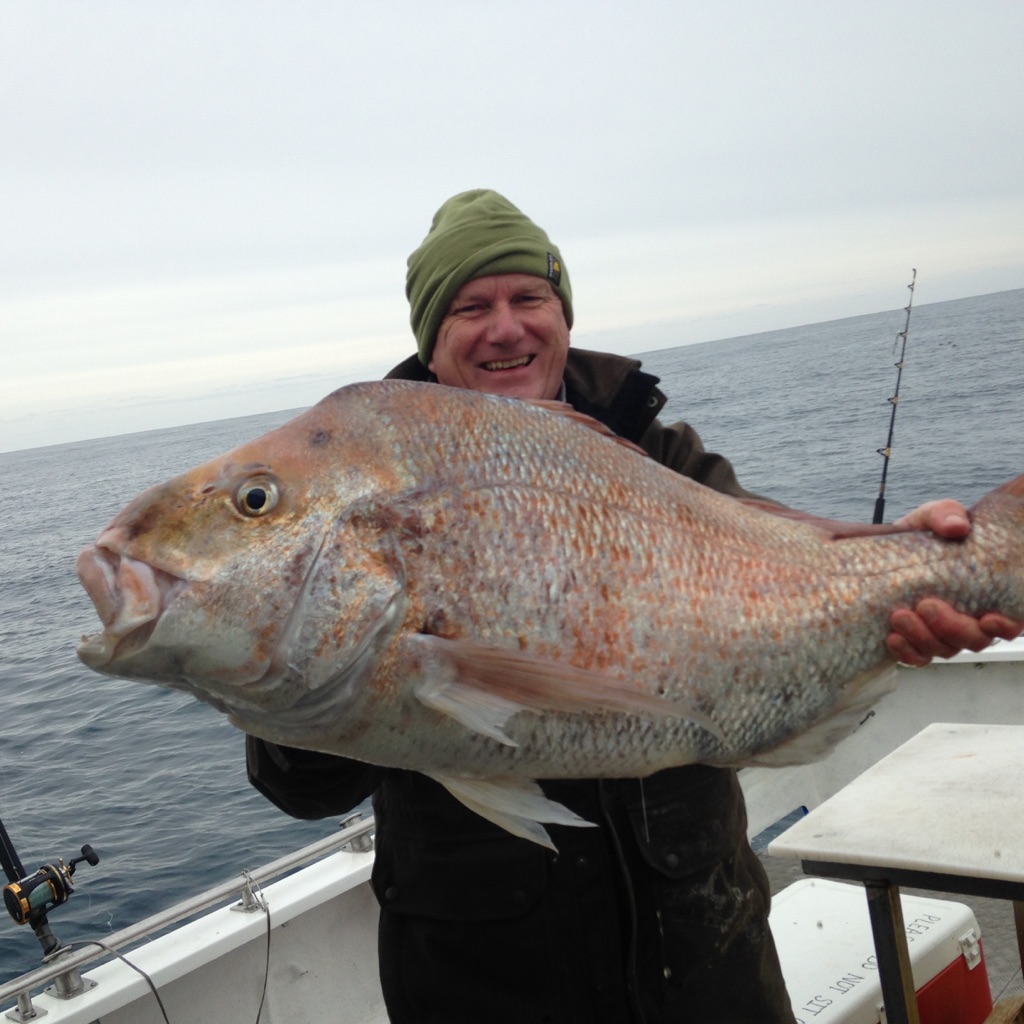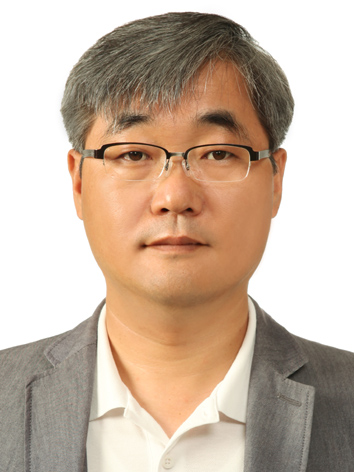
Date: Mon Aug 1, 2016
Time: 4:20 PM - 6:00 PM
Moderator: Sun-ok Chung
Aerial topdressing of granular fertilizer is common practice on New Zealand hill country farms because of the challenging topography. Ravensdown Limited is a New Zealand fertilizer manufacturer, supplier and applicator, who are funding research and development of differential rate application from aircraft. The motivation for utilising this technology is to improve the accuracy of fertilizer application and fulfil the variable nutrient requirements of hill country farms. The capability of this system to apply fertilizer at the target rate within an intended boundary was measured in two trials. Collectors were placed in a grid and nested grid formation over two sheep and beef farms in the North Island, New Zealand. Granular fertilizer was applied at two rates on the farm. The collected fertilizer was weighed and geo-statistical kriging was completed over the trial area. This produces a proof of placement map. Proof of release maps are produced using recorded aircraft data.
Proof of release maps are highly detailed compared to placement maps. Release maps are based on thousands of flight recorded data points, while placement maps were created using 130 – 180 collectors. The release maps showed a clear transitional boundary with a noticeable change in rate between the two zones. In contrast, the average application rate found from the ground truth trial was lower than expected. Therefore the proof of placement maps predicted under-application in the trial area. High speed photometry of a collector showed that the collector was not able to fully capture all particles. A significant number ricocheted off the inside surface of the collector and bounced out. The average collected application rates of each zone improved when collection error was considered. The CV ranged from 34% to 56% for each zone. Variable wind conditions contributed to variation in the spread pattern. Therefore, although the differential rate application system is capable of applying fertilizer at different rates, wind speed and direction have a significant impact on the ground distribution and will remain a limitation of the system.

Rice is the most important crop in China, which has the largest plant area. Fertilization is an important process of rice production, which directly affects the yield of crops, reasonable and effective use of chemical fertilizer can improve the yield of crops. At present, the mechanization level of rice fertilization is very low in China, and the artificial fertilization requires a large amount of fertilizer which caused the uneven distribution. The rice side deep fertilizing is an ideal way of fertilization, the fertilizing device will fertilizer (fertilizer for basal and tiller) based on the agronomic requirements one-time positioning and quantitative, it can apply a uniform fertilization to the rice side with a certain depth, which can reduce nitrogen fertilizer amount of 20%-30% compared with the traditional fertilizing operation. The study design a device of air-assisted side deep precision fertilization combined with the agronomic characteristics of side deep fertilization. This device adopted modularization design and riding type rice transplanter supporting the use. In the process of operation, the fertilizer granules falls into the deep trench at a certain amount under the effect of gravity and wind, the trench is drew by fertilizer exports in seedling side 3cm and 5cm depth, and then the fertilizers will be covered in the mud by covering plate. The vehicle control terminal is designed under the embedded Visual C++ integrated development environment in the XP Windows operating system, the interface can display the current operating data, and meanwhile, the user can set the working parameters according to the actual operating requirements. The experiments were done in the field of Heilongjiang seven star farm, the result shows, planting and fertilization can be done completely and independently in one time when fertilization device and riding type rice transplanter supporting the use. When the preset rate of fertilizer was 300 kg/hm2, the vehicle speed was 1m/s fertilization device can realize the precision fertilization, and the deviation of fertilizer is within 5.82%, which can meet the requirement of the actual production.
Computer algorithms have been created to simulate in advance the orientation/pattern of a machine operation on a field. Undesired impacts were obtained and quantified for these simulations, like: maneuvering and overlap of inputs in headlands; servicing of secondary units; and soil loss by water erosion. While the efforts could minimize the overall costs, they disregard the fact that these costs aren’t uniformly distributed over irregular fields. The cost of a non-productive machine process (like maneuvering) is minor when it is distributed along a lengthy working track, yet can be profit-compromising for a short track. Also, these tracks hardly follow the terrain contours perfectly, leading to regions more prompt to soil loss. Hence the path orientation affects the length and the surface grade of a track, the intensity and location of the impacts will also be altered. An application was developed to create machine tracks on irregular surfaces and estimate quantities of soil loss within segments of the tracks. Procedures were embedded into the algorithm to calculate costs of maneuvering space, length, time and overlap by the use of geometric equations. A procedure was added assign a cost to a track when its length unable a precise depletion/completion of the tank’s content (of fertilizer for e.g.) when reaching the field boundaries/roads. Two case studies of distinct crops and machine properties were processed by the algorithm in a specific pattern searching minimal soil loss. In a sugarcane study, the model obtained that for the average of five harvests, 2.69% of the area presented negative turnover due to the path orientation impacts; however, this area increases tenfold when financial balance is calculated for the last two harvests of the crop. In a cotton case study, a high input cost was calculated for overlap of applied products in headland; with the adoption of a section control boom for the spraying operation, a significant reduction of costs up to US$ 50.00 per hectare was obtained. Considering the costs owed to path establishment these cannot be ignored in economic spatial studies given its role in compromising revenue in certain regions of the field.
Precision agriculture (PA) has been adopted in many countries and crop and country specific technologies have been implemented for different crops and agricultural practices. Although PA technologies have been developed mainly in countries such as USA, Europe, Australia, where field sizes are large, need of PA technologies has been also drawn in countries such as Japan and Korea, where field sizes are relatively small (about 1 ha). Although principles are similar, design concept and practical implementation of PA technologies shows variations by country due to agricultural conditions such as field and crop characteristics. Information on crop yield and quality is one of the most important data for successful implementation and evaluation of the PA systems. For this purpose, yield monitoring systems have been developed for different crops and harvesters. Yield monitoring system usually consists of components for real-time sensing and monitoring of the harvesting parameters in the harvester, and components to process the collected data and create yield maps in the office. Recently, a 55-kW full feed type combine harvester was developed to meet Korean field and cropping conditions. The target crops were soybean, rapeseed, barley, and wheat, normal operating speed was 1.7 m/s, and harvesting width was 2 m. In this paper, a post-processing software was developed to handle data for the 55-kW multi-crop combine harvester. The yield monitoring system consisted of an ultrasonic array grain flow sensor, a capacitance type grain water content sensor, an ultrasonic cutting width sensor, and a GPS receiver. Data from the yield monitoring system contained errors due to 1) unstable sensor performance (e.g., GPS signal loss), 2) changes in grain flow and traveling speed (e.g., sudden change), 3) transportation delay between the cutting and sensing locations, 4) and start and stop delay. First, available post-processing programs were surveyed, and the main functions were analyzed. Then, menu systems were designed and coded. Finally, the performance was demonstrated using the available data collected in Korean fields. The post-processing software will be improved through further tests and evaluation.

Erroneous data affect the quality of yield map. Data from combines working close to each other may differ widely if one of the monitors is not properly calibrated and this difference has to be adjusted before generating the map. The objective of this work was to develop a method to correct the yield data when running two or more combines in which at least one has the monitor not properly calibrated. The passes of each combine were initially identified and three methods to correct yield data were tested: a) Machine by machine - (1) select the combine with more data (larger harvested area in the field); (2) compute the average yield value from each combine; (3) a correction factor is generated at each point with the ratio between the average of the combine and the nearest combine; (4) yield data from the nearest combine are multiplied by the correction factor; (5) if more than two combines are involved, identifies the nearest combine and repeat step (4) and (5) to all combines. b) Track by track - this method is similar to the previous, however the average yield values are extracted only at points within the pass closest to the combine 1 and the pass of the nearest combine. c) Point by point - a correction factor is generated through the medium of yield ratio of the closest points between the combine with the largest harvested area and the nearest combine; yield data will be multiplied by this factor and these steps will be repeated for all combines. It is very important to have the total production and field area for control and comparison. The closer are the two values, the greater will be the efficiency of post processing of data. The three methods were evaluated by using raw data from corn, cotton and wheat harvesting and were able to correct the data with distinct characteristics. The model should be selected according to each area and with user needs. Therefore, there is no standard method to be used for the correction of yield data.
